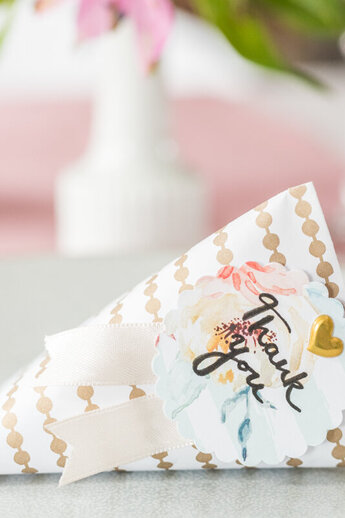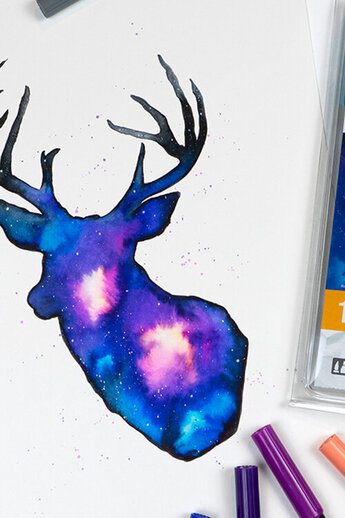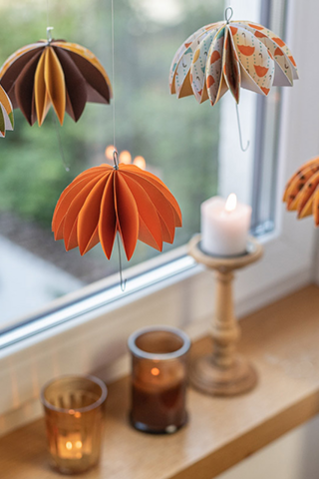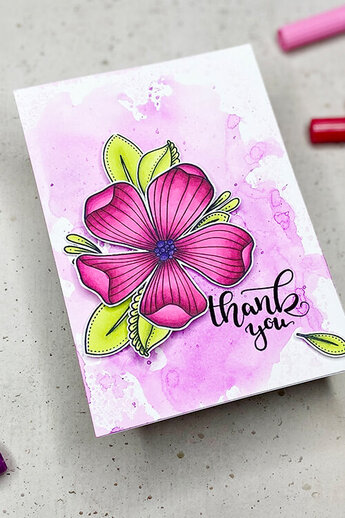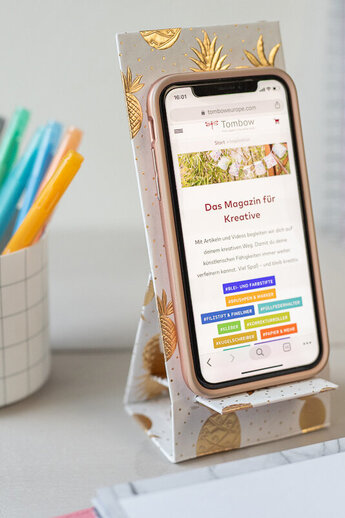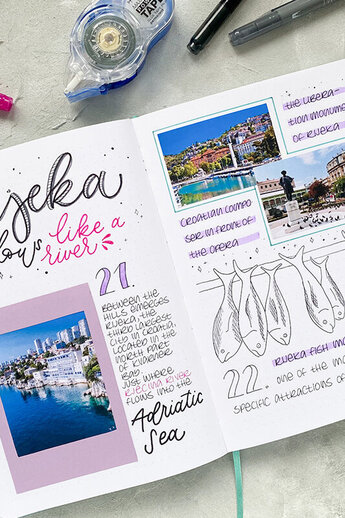Products
Filter
Produkte Filtern:
Produkte Filtern:
Produkte Filtern:
Produkte Filtern:
Produkte Filtern:
Produkte Filtern:
Produkte Filtern:
Produkte Filtern:
Produkte Filtern:
Produkte Filtern:
Produkte Filtern:
Sorting

Glue
MONO aqua
Extremely versatile with its two tips – a fine tip for precise gluing and a wide tip for large-area application. Washable, transparent adhesive for powerful gluing on a range of materials.
Packaging size selectable
from
€4.16
€5.20
(€60.80 / 1 l)

Glue
MONO glue stick
Ripple-free gluing with MONO glue stick – three different sizes available.
Size selectable
from
€1.52
€1.90
(€90.26 / 1 kg)
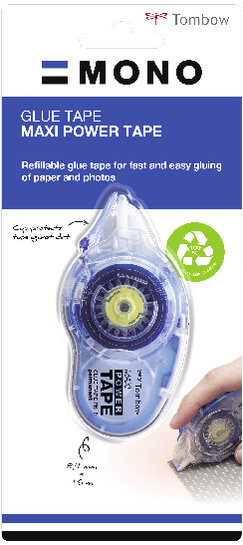
Glue
MONO maxi power tape glue roller
For endless and extra powerful gluing: Refillable and with unusually long 16 meter-tape. Neat, accurate and extra powerful gluing on paper: Cardboard, paper, photos, glass and many other materials.
€5.20
€6.50

Glue
MONO maxi power tape refill
Refill cartridge for PN-IP with extra long 16-metre tape. Neat, accurate and extra powerful gluing on paper: Cardboard, paper, photos, glass and many other materials.
€3.84
€4.80

Glue
MONO multi
Extremely versatile with its two tips – a fine tip for precise gluing and a wide tip for large-area application. For permanent or removable gluing on a range of materials.
Packaging size selectable
from
€4.64
€5.80
(€160.00 / 1 kg)

Glue
Refill cartridge for MONO PN-MK Glue tape
Refill cartridge for PN-MK with removable adhesive tape. Neat, accurate and powerful gluing on paper: Photos, paper, tapes, styrofoam and many other materials.
€3.84
€4.80














![[Translate to Englisch:] Glue PTMTC MultiLiquidGlueV2 The picture shows the Tombow MONO Liquid Glue MULTI, a versatile liquid glue with two tips: a fine tip for precise gluing and a wide tip for larger areas. The green and white packaging emphasises its versatility for paper, cardboard and other materials.](/fileadmin/_processed_/d/7/csm_Glue_PTMTC_MultiLiquidGlueV2_3443e74a84.jpg)

